
Rio Grande Gorge Boondocking Location: The Rio Grande Gorge is a stunning natural wonder that offers a unique opportunity for boondocking. This picturesque location provides open spaces and breathtaking views of the gorge, making it ideal for campers seeking solitude and connection with nature. We can find dispersed camping options near the Rio Grande Bridge Overlook, where we can immerse ourselves in the beauty of the surrounding landscape.
In the vicinity, the Orilla Verde Recreation Area also offers fantastic camping experiences along the Rio Grande Wild and Scenic River. Here, we can enjoy activities like hiking and fishing while taking in the scenic views.
The combination of natural beauty and outdoor adventure ensures that our time at the Rio Grande Gorge will be memorable.
As we explore this area, we will discover various camping sites that cater to our needs, whether we prefer tent camping or using an RV. The Rio Grande Gorge not only provides an escape from the hustle and bustle but also invites us to enjoy the tranquility of nature at its finest.
Location and Access
The Rio Grande Gorge is located near Taos, New Mexico.
To find it, we can take US Highway 64 or New Mexico State Road 522. These roads are well-traveled and lead us directly to the gorge.
For those interested in boondocking, the Rio Grande Bridge Overlook is a popular spot. From Taos, it’s just a short drive west. The overlook offers stunning views and a good spot to park.
There is dispersed camping available in the area. Here’s a quick list of key access points:
- Visitor Center: Located in Cerro, NM, at 1120 Cerritos Road (NM-378).
- Rio Grande Bridge: Easily accessible and provides views of the gorge.
We should remember that the terrain can be rugged. It is essential to prepare our vehicles for dirt roads and possible off-road conditions.
Parking and access are free at many spots. This makes it a great place for those looking to enjoy nature without spending a lot.
Don’t forget to check for signs along the roads. They can guide us to the best spots for camping and views. The Rio Grande Gorge provides a fantastic experience for everyone seeking adventure in New Mexico.
Directions
To reach the Rio Grande Gorge boondocking location, we can follow these steps:
- Start on US-285: If we are coming from the south, we will take US-285 north towards the town of Espanola.
- Head towards Taos: Continue on US-285 until we reach the junction with US-64. Here, we will take US-64 west toward Taos.
- Arrive in Taos: Once in Taos, we can drive north on NM-522. This road will lead us closer to the gorge.
- Follow the Signs: Keep an eye out for signs directing us to the Rio Grande Gorge Bridge. The bridge is a well-known landmark in the area.
- Look for Cerro: Just before reaching the gorge, we will pass through Cerro, NM. This small community is a convenient stop for supplies.
- Final Stretch: After passing through Cerro, we are only a short distance from the gorge. We will see access points along the road leading to various boondocking spots.
Note: The area around Chamisa can also be explored for additional camping options. We should make sure to check local maps for any specific access routes.
These directions will lead us to stunning views and great camping spots near the Rio Grande Gorge.
Amenities and Activities
The Rio Grande Gorge offers a variety of amenities and activities for those looking to boondock or camp in the area. Here are some key highlights:
- Camping Options: We can find both developed campgrounds and opportunities for dispersed camping on BLM land. This allows us to choose between convenient sites or more remote locations.
- Trails: Numerous hiking trails wind through the gorge and surrounding areas. These trails provide access to stunning views and wildflowers during the blooming seasons.
- Fishing and Rafting: The Rio Grande is a popular spot for fishing. We can catch various species, including trout. Rafting is also available for those seeking adventure.
- Visitor Centers: Facilities like the Río Grande Gorge Visitor Center offer information about the area. They provide insights into the wilderness and local wildlife.
- Picnic Areas: Many recreational spots include picnic tables and grills, perfect for enjoying meals outdoors.
- Natural Beauty: The confluence of the Rio Grande and the Taos Plateau presents a beautiful landscape. The Ute Mountain nearby adds to the scenic views.
Exploring the Rio Grande Gorge allows us to enjoy a mix of relaxation and adventure in a unique natural setting.
Camping Regulations and Restrictions
When we plan to camp in the Rio Grande Gorge area, we must follow specific regulations to protect the environment and ensure safety.
Permits and Fees
- Overnight camping: An overnight camping fee is required for staying at certain designated sites in the area.
- Dispersed camping: In some locations, especially within the Rio Grande National Forest, permits may be necessary.
Campfire Rules
- Campfires are allowed only in established fire rings.
- We should ensure that all fires are fully extinguished before leaving.
Area Limitations
- Certain regions under the Bureau of Land Management (BLM) do not permit dispersed camping.
- Always check for signs indicating such restrictions.
Petroglyph Sites
- If we are near petroglyph sites, it’s crucial to respect these historical areas. No camping is permitted near these sensitive locations to protect their integrity.
Wildlife Considerations
- We should securely store food to avoid attracting wildlife. This is important in both BLM and National Forest areas.
Respecting Wildlife and Environment
- Leave No Trace: We must clean up after ourselves and minimize our impact on the natural landscape. This applies to all camping locations, whether in Carson National Forest or Rio Grande Gorge.
By following these guidelines, we help preserve the area for future visitors and protect its natural beauty.
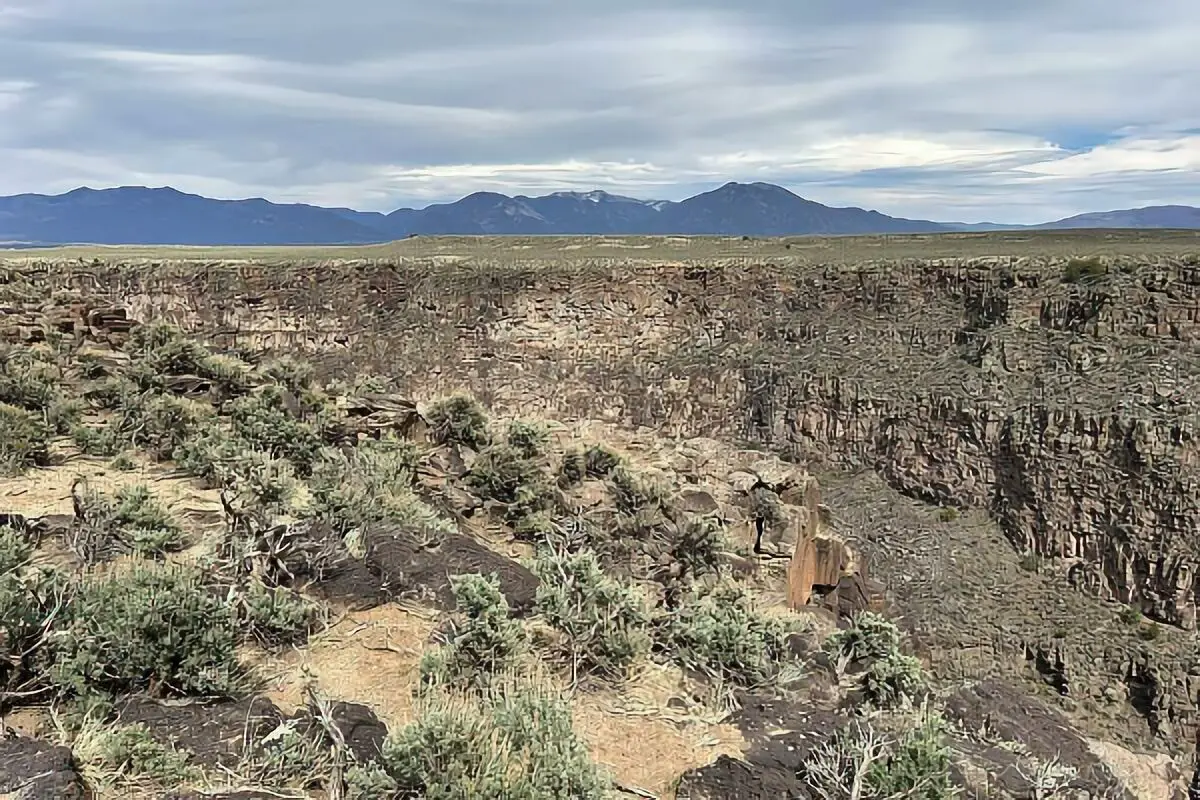
Rio Grande Gorge Free Boondocking Locations
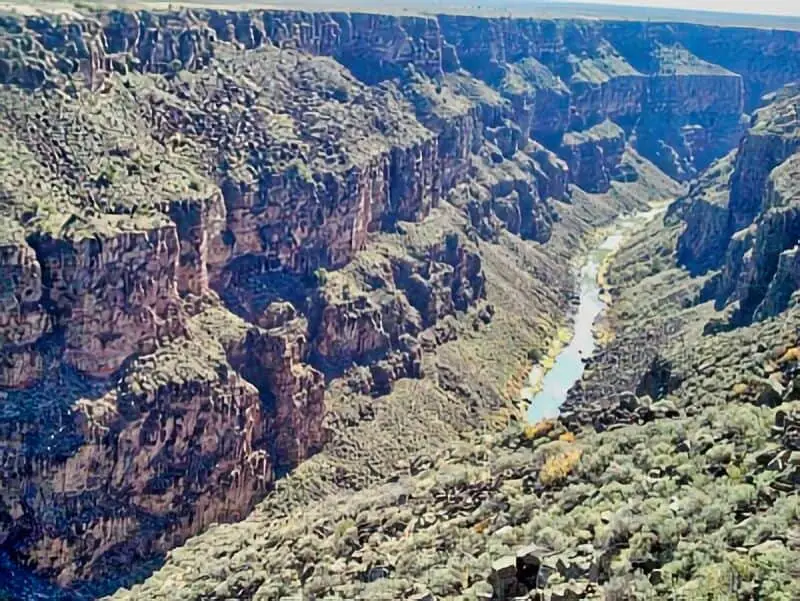
Cebolla Mesa Boondocking
Cebolla Mesa is a dispersed camping area located approximately 8 miles southwest of Questa in Carson National Forest. Perched along the Rio Grande Gorge Rim, the area offers open mesa views and incredible sunset vantage points. Several designated sites are spread along the bluff, each marked by existing fire rings. While there are no developed facilities aside from a single vault toilet, the quiet setting and panoramic scenery make it a worthwhile stop for self-contained campers.
Things to Do: Visitors can explore the nearby Cebolla Mesa Trail, which descends steeply into the gorge and connects with the Rio Grande Wild and Scenic River Corridor. It’s also a good base for hiking, birdwatching, and photography. Fishing and rafting are available down at the Rio Grande.
Directions: From Questa, head south on NM-522 for 2 miles, then turn west onto Forest Road 9 (Cebolla Mesa Road). Continue 3.4 miles on the gravel road to reach the camping area.
Vehicle Access: Forest Road 9 is gravel and can become rough or muddy in wet weather. The site is accessible for most vehicles in dry conditions, but high-clearance is strongly advised, especially for larger rigs.
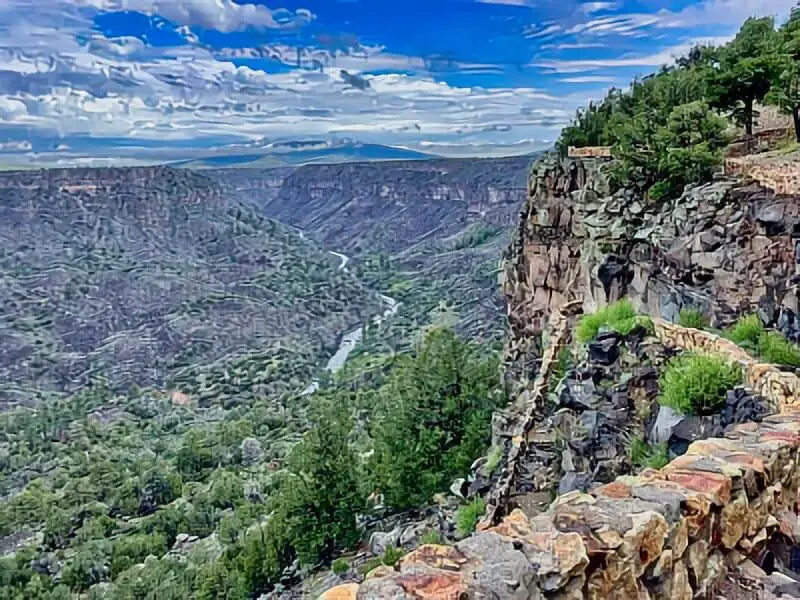
San Cristobal Garrapata Ridge Boondocking
Garrapata Ridge, near San Cristobal, offers remote dispersed camping within Carson National Forest. This spot lies along forest roads that traverse gently sloped ridges with piñon and juniper cover. There are multiple clearings that can serve as informal campsites, though none are marked or maintained. Campers will find themselves surrounded by silence and sweeping forest views.
Things to Do: This area is ideal for those seeking solitude or a base for hiking and wildlife observation. Nearby trails support hiking, and seasonal hunting is common in the surrounding units. Off-highway vehicle (OHV) access is permitted on marked trails in the area.
Directions: From the town of San Cristobal, follow Forest Road 493 northeast into the forest. Continue onto smaller spur roads that lead to open clearings suitable for camping along Garrapata Ridge. Maps or GPS are recommended for accurate navigation.
Vehicle Access: While some pullouts are suitable for smaller vehicles, a high-clearance 4WD vehicle is recommended due to uneven and sometimes rutted roads. Large RVs are not advised due to narrow paths and limited turnaround areas.
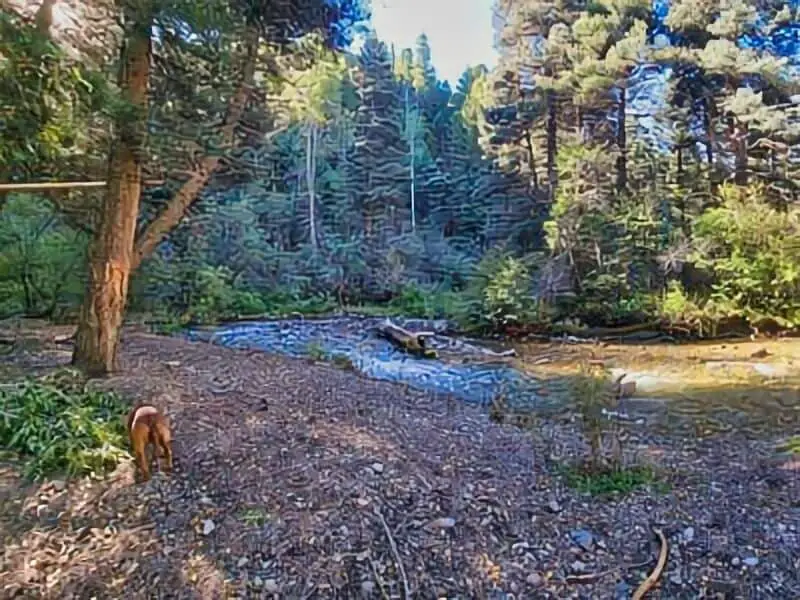
Taos Ski Valley Boondocking
Located near the base of the Sangre de Cristo Mountains, the Taos Ski Valley area offers several dispersed camping opportunities within Carson National Forest. One notable site is the Twining Campground, situated at an elevation of 11,158 feet. This small campground provides 1-5 campsites suitable for RVs up to 25 feet in length. The area is open seasonally from May to October, depending on weather conditions.
Amenities: Twining Campground offers basic amenities, including picnic tables and fire rings. There are no hookups or potable water sources, so campers should come prepared with necessary supplies.
Things to Do: The campground serves as a convenient base for hiking in the Wheeler Peak Wilderness, with nearby access to trails like the Bull-of-the-Woods Trailhead. The Rio Hondo stream runs adjacent to the area, providing opportunities for fishing and relaxation.
Directions: From Taos, head north on NM-522, then east on NM-150 toward Taos Ski Valley. Twining Campground is located near the ski resort area.
Vehicle Access: The access road is paved up to the campground, but due to the elevation and potential for snow, it’s recommended for vehicles equipped for mountainous terrain. RVs up to 25 feet can be accommodated.
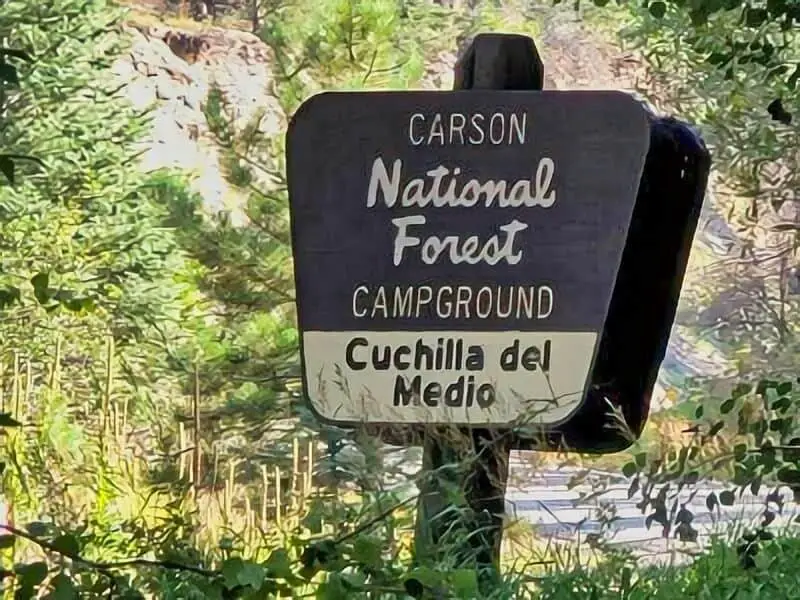
Cuchillo Del Medio Boondocking
Cuchillo Del Medio Campground is a free, developed campground located along State Highway 150, providing access to the Rio Hondo and nearby wilderness areas. The campground features three campsites, two of which can accommodate small to medium-sized RVs. It’s open seasonally from April to December, depending on weather conditions.
Amenities: Each campsite is equipped with a picnic table and fire ring. A vault toilet is available on-site. There are no water or electric hookups, so campers should bring their own supplies.
Things to Do: The campground is a popular spot for fishing in the Rio Hondo and serves as a trailhead for hikes into the Columbine-Hondo Wilderness and Wheeler Peak Wilderness areas.
Directions: From Taos, travel north on NM-522, then east on NM-150 toward Taos Ski Valley. The campground is located along this route.
Vehicle Access: The campground is accessible via paved roads. However, the internal roads can be tight and steep, so it’s advisable for larger RVs to park along the wide shoulder of the highway if campsites are full.
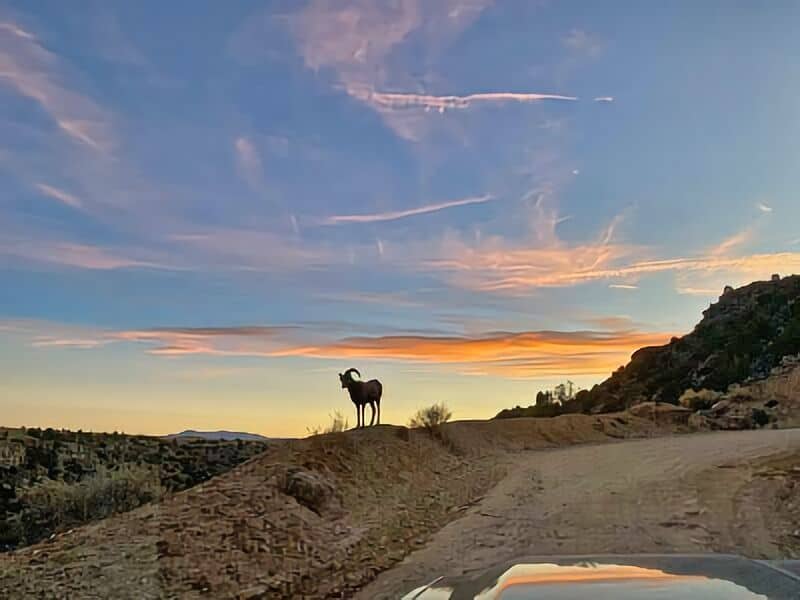
Rio Grande Overlook – Arroyo Hondo
The Rio Grande Overlook near Arroyo Hondo offers dispersed camping opportunities with scenic views of the Rio Grande Gorge. This area is managed by the Bureau of Land Management and provides a more primitive camping experience.
Amenities: There are no developed amenities at this location. Campers must be self-sufficient, bringing their own water, food, and waste disposal methods.
Things to Do: The overlook provides panoramic views of the Rio Grande Gorge, making it a popular spot for photography and wildlife observation. Hiking opportunities are available in the surrounding areas.
Directions: From Taos, head north on NM-522 to Arroyo Hondo. Access to the overlook is via local roads; specific directions should be obtained from local sources or maps.
Vehicle Access: Access roads may vary in condition; high-clearance vehicles are recommended. Due to the primitive nature of the area, larger RVs may find maneuvering challenging.
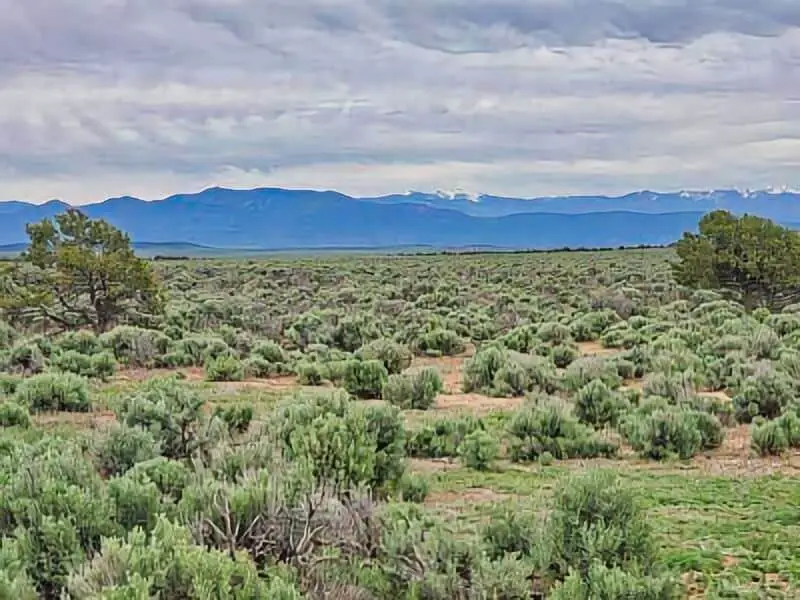
Carson National Forest Boondocking
Carson National Forest offers numerous dispersed camping opportunities across its vast expanse. One such area is along Forest Service Road 578, near Tres Piedras. This location provides a peaceful setting with flat spots suitable for tent camping.
Amenities: These dispersed sites are primitive, with no developed amenities. Campers must practice Leave No Trace principles and be fully self-sufficient.
Things to Do: The forest offers a variety of recreational activities, including hiking, wildlife viewing, and photography. The solitude of the area makes it ideal for those seeking a quiet retreat.
Directions: From Tres Piedras, head south on US-285 for approximately 5 miles. Forest Service Road 578 is located on the west side of the highway.
Vehicle Access: The dirt road is suitable for high-clearance vehicles. RVs are not recommended due to road conditions and limited turnaround space.
Rio Grande Gorge Campgrounds
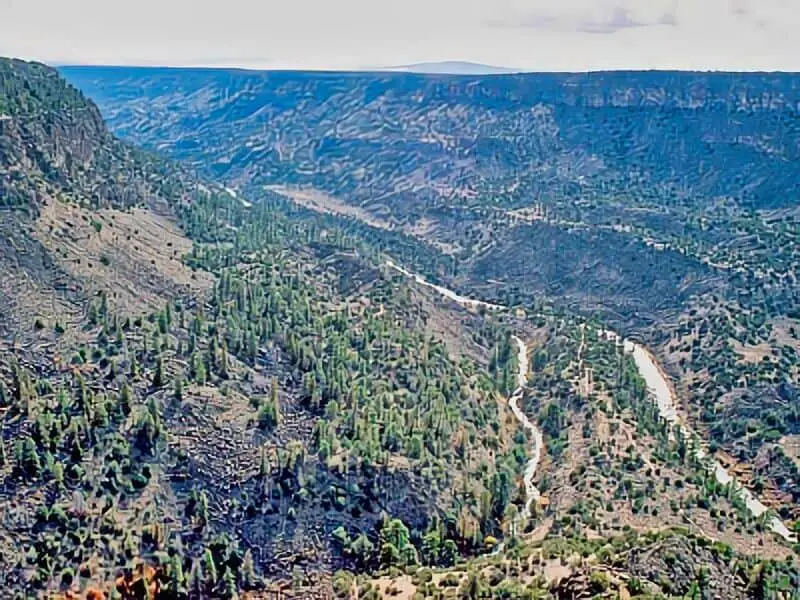
Wild Rivers RA Campground
The Wild Rivers Recreation Area, managed by the Bureau of Land Management, offers several campgrounds along the Rio Grande and Red River. Campgrounds include Big Arsenic, Little Arsenic, and La Junta, among others. These sites are open year-round, with fees ranging from $5 to $7 per night.Bureau of Land Management
Amenities: Campgrounds are equipped with vault toilets, picnic tables, and fire rings. As of February 2025, there is no potable water available, so campers must bring their own.Bureau of Land Management
Things to Do: The area offers hiking trails, fishing opportunities, and scenic overlooks of the Rio Grande Gorge. The Rinconada Loop Trail and the Wild Rivers Backcountry Byway are popular attractions.Bureau of Land Management
Directions: From Questa, take NM-522 north, then turn west on NM-378

La Junta Canyon Campground
La Junta Canyon Campground is a series of 30 stream-side campsites stretching approximately 4 miles along Forest Road 76, from New Mexico State Road 518 to Upper La Junta Campground. Situated within the Carson National Forest, this area offers a dispersed camping feel with the added convenience of nearby restrooms and dumpsters. A single pressurized water source is available in the vicinity.
Amenities: The campground provides basic amenities, including picnic tables and toilets. There are no hookups or potable water sources, so campers should come prepared with necessary supplies. The area is open to ATV use, with several trails nearby.
Things to Do: The canyon is open to ATV use, with several good ATV trails nearby. The Rito la Presa stream offers fishing opportunities. Hiking and wildlife viewing are also popular activities in the area.
Directions: From Tres Ritos, take NM-518 east for approximately 1 mile, then turn north onto Forest Road 76. The campsites are spread along this road for about 4 miles.
Vehicle Access: The gravel road is generally passable for most vehicles, including RVs up to 36 feet in length. However, caution is advised during wet conditions, as the road can become slippery.
Orilla VerdeTaos Campground
The Orilla Verde Recreation Area is located within the Rio Grande del Norte National Monument and along the Rio Grande Wild and Scenic River. Nestled along the banks of the Rio Grande and within the steep-walled Rio Grande Gorge, the campgrounds in this area offer nearby access to the river.
Amenities: The recreation area includes trails, seven campgrounds, boat launches, picnic tables, grills, drinking water, and restrooms. Four of the campgrounds have drinking water and shelters available. Pilar Campground and Río Bravo Campground both have RV sites with water and electric hookup (no sewer). Bureau of Land Management
Things to Do: The area offers a variety of recreational activities, including hiking, fishing, boating, and wildlife viewing. The Rio Grande provides opportunities for rafting and kayaking, while the surrounding trails are suitable for hiking and birdwatching. The steep canyon walls and river views make for excellent photography and nature observation.
Directions: The Orilla Verde Recreation Area is located along NM 570. The Visitor Center is situated 1 mile south of the Recreation Area in the village of Pilar at the intersection of NM 570 and NM 68.
Vehicle Access: The campgrounds are accessible via paved roads, suitable for most vehicles, including RVs. However, some sites may have size limitations, so it’s advisable to check specific campground details before arrival.
Frequently Asked Questions
We often receive questions about boondocking near the Rio Grande Gorge. This area offers a mix of beautiful landscapes and unique camping opportunities. Below are some commonly asked questions and their answers.
What are the best locations for boondocking near the Rio Grande Gorge?
Some of the best locations include the Rio Grande Bridge Overlook and areas near Taos Junction Bridge. These sites provide stunning views and easy access to fishing in the Rio Chama and other nearby rivers. The San Antonio Mountain area is also popular for its scenic beauty and recreational opportunities.
How can I find a map with boondocking sites in the vicinity of the Rio Grande Gorge?
We can find maps of boondocking sites through various resources online. Websites focused on camping and outdoor activities often provide downloadable maps. Local ranger stations may also have physical copies of maps that highlight dispersed camping areas.
Is it necessary to reserve a spot for dispersed camping in the Rio Grande Gorge area?
In most cases, reservations are not required for dispersed camping. However, it’s good practice to check specific regulations for each site. Some areas may have limitations, especially during peak seasons, so we should always be aware of local rules.
What are the regulations for boondocking within the Rio Grande National Forest?
When boondocking in the Rio Grande National Forest, we must follow certain regulations. This includes camping at least 200 feet away from water sources and keeping campfires within designated rings. Additionally, we should pack out all trash to maintain the natural beauty of the forest.
Can I boondock at the Rio Grande Gorge State Park, and if so, are there any specific guidelines?
Boondocking is not allowed in Rio Grande Gorge State Park. This park has established campsites with specific rules that we need to follow. If we want to enjoy the park’s scenery, we must use the designated campgrounds available in the area.
Are there any BLM lands near the Rio Grande Gorge that permit boondocking?
Yes, there are BLM lands near the Rio Grande Gorge that allow boondocking. These areas often have fewer restrictions and offer more freedom for camping. Make sure to check the specific guidelines provided by the BLM for those lands before planning your trip.



